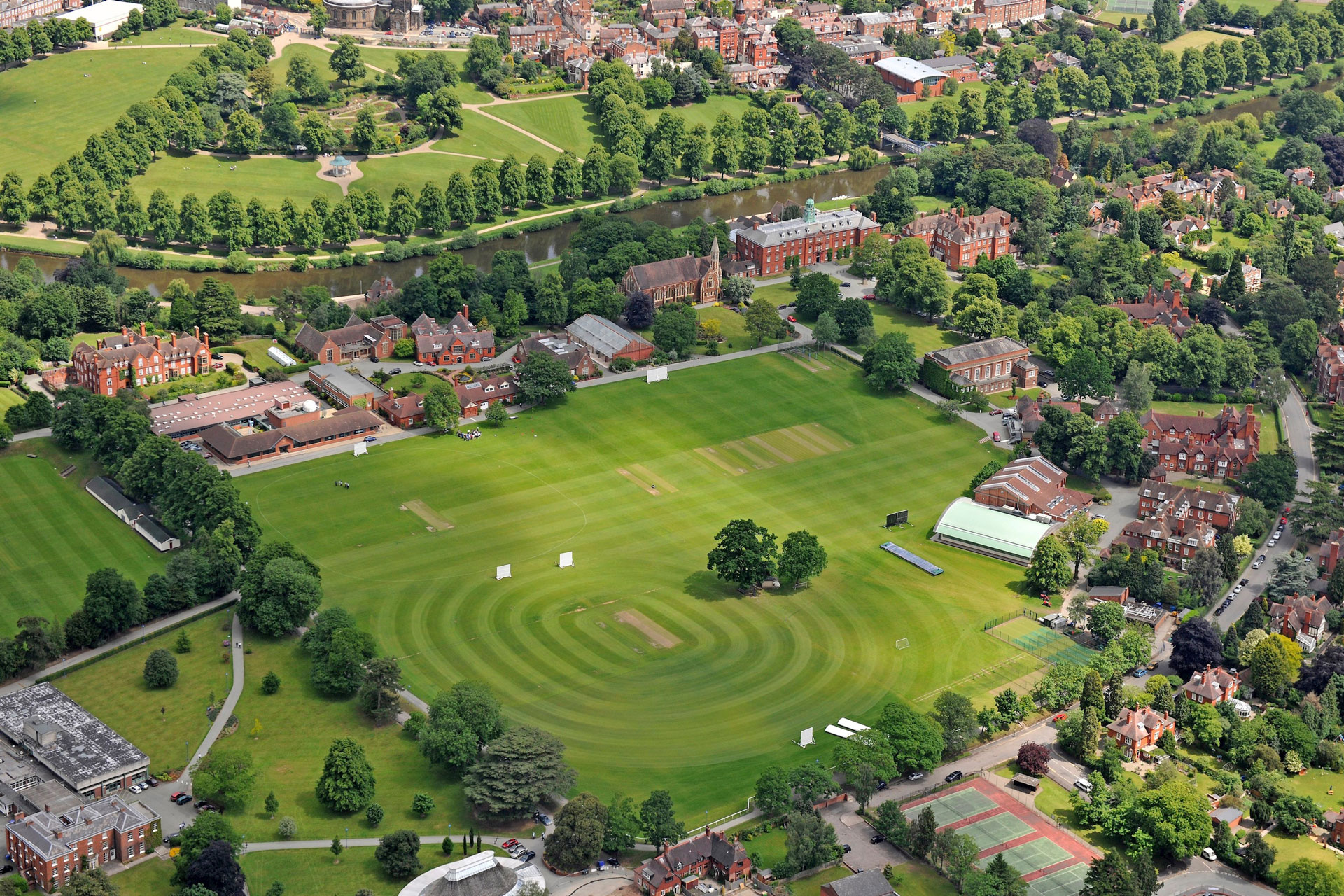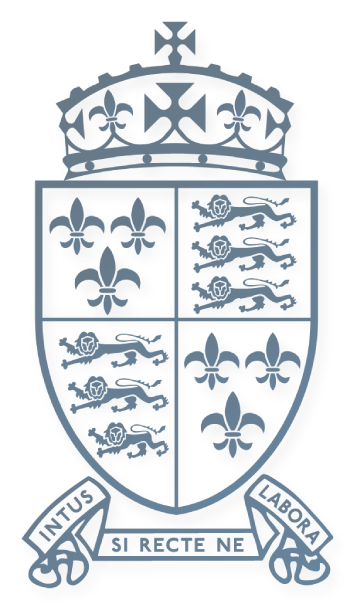
1868 – Clarendon Commission Public Schools Act

The Clarendon Commission was a royal commission established in 1861 to investigate the state of nine leading schools in England, in the wake of complaints about the finances, buildings and management of Eton College.
The Commission, chaired by the 4th Earl of Clarendon, sat until 1864, when its report was published with general recommendations on questions of curriculum and governance. These recommendations were subsequently enshrined in the Public Schools Act, passed in 1868, which recognised Shrewsbury as among the seven ‘Great’ Public Schools – the others being Eton, Harrow, Winchester, Rugby, Westminster and Charterhouse.
In the concluding paragraphs of the report, fulsome praise was given to these schools:
“It is not easy to estimate the degree in which the English people are indebted to these schools for the qualities on which they pique themselves most – for their capacity to govern others and control themselves, their aptitude for combining freedom with order, their public spirit, their vigour and manliness of character, their strong but not slavish respect for public opinion, their love of healthy sports and exercise. These schools have been the chief nurseries of our statesmen; in them, and in schools modelled after them, men of all the various classes that make up English society, destined for every profession and career, have been brought up on a footing of social equality.”
In his book ‘A History of Shrewsbury School 1592-1952,’, JB Oldham writes:
“Considering the low state to which Shrewsbury had fallen at the end of the eighteenth century, and the number of Edward VI’s schools which, with a less disastrous history, remained grammar schools of little more than local importance, the inclusion of the School in the Public Schools Act must be regarded as a great tribute to the extraordinary achievement of the two Headmasters, Butler and Kennedy, and, it may be surmised, to the unique position among headmasters, and the powerful personality as a witness, of Kennedy himself.” (p.127)
The Commissioners’ research and inspection process was thorough. In addition to a lengthy questionnaire answered by the Headmaster in writing, the Commissioners spent two days in Shrewsbury gathering verbal evidence from the Headmaster Benjamin Kennedy, representatives of the Trustees and of the Corporation of Shrewsbury, three masters and an Old Salopian.
It is clear from their report that the Commissioners were impressed by the high standard of education at Shrewsbury, although they were critical of the poor state of the school buildings and boarding houses. (Headmaster Kennedy himself described them as “old, unattractive, and in some respects inconvenient and inadequate”.)
They commented in particular on the role of praepostors (prefects). Fisher reports in his Annals of Shrewsbury School 1799-1899 that “The Public School Commissioners regarded the recognition by the Head Master of the praepostors as a sort of senate representing the School and entitled to negotiate with him on matters of common school interest, and to give pledges and enter into conditions on behalf of the School, as peculiar to Shrewsbury”.
The Commissioners also made recommendations (as they did to all the Public Schools) for a complete reconstitution of the Governing Body. Replacing the previous system of a close, local and co-opted group of Trustees, the new Governing Body of Shrewsbury School was to consist of representatives of St John’s College Cambridge, Oxford and Cambridge Universities, the Royal Society, the Lord Chief Justice, the Lord Lieutenant of Shropshire, the Corporation of Shrewsbury and the masters, with four co-opted members.
Crucially, the Public Schools Act included a clause (no. 26) entitled ‘Power to remove Shrewsbury School to another Site’. This stated that “The new Governing Body of Shrewsbury School may, if they deem it expedient, at any Time after the passing of this Act, by a Scheme before Her Majesty in Council for the Removal of the School from its actual Site to some other Place…”

